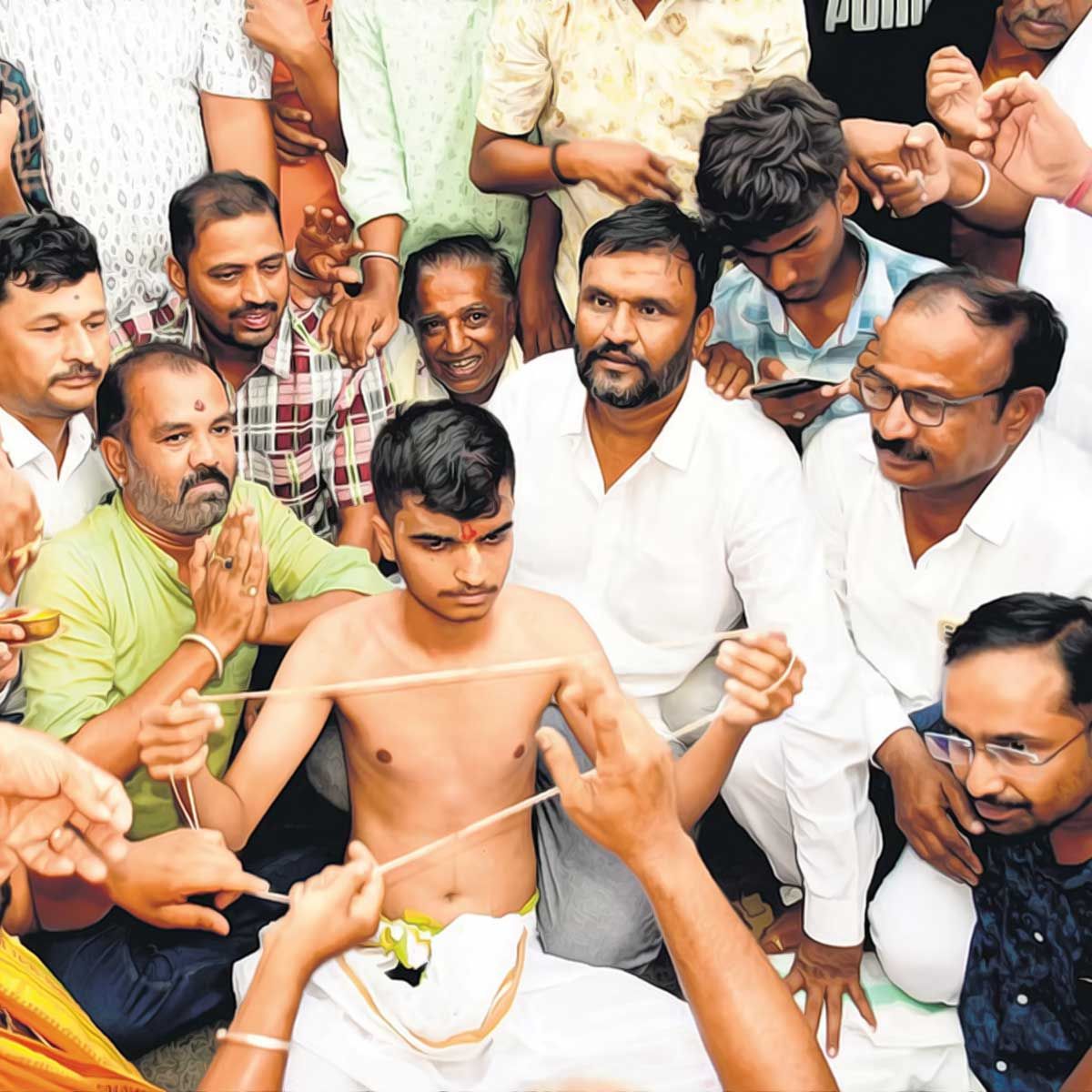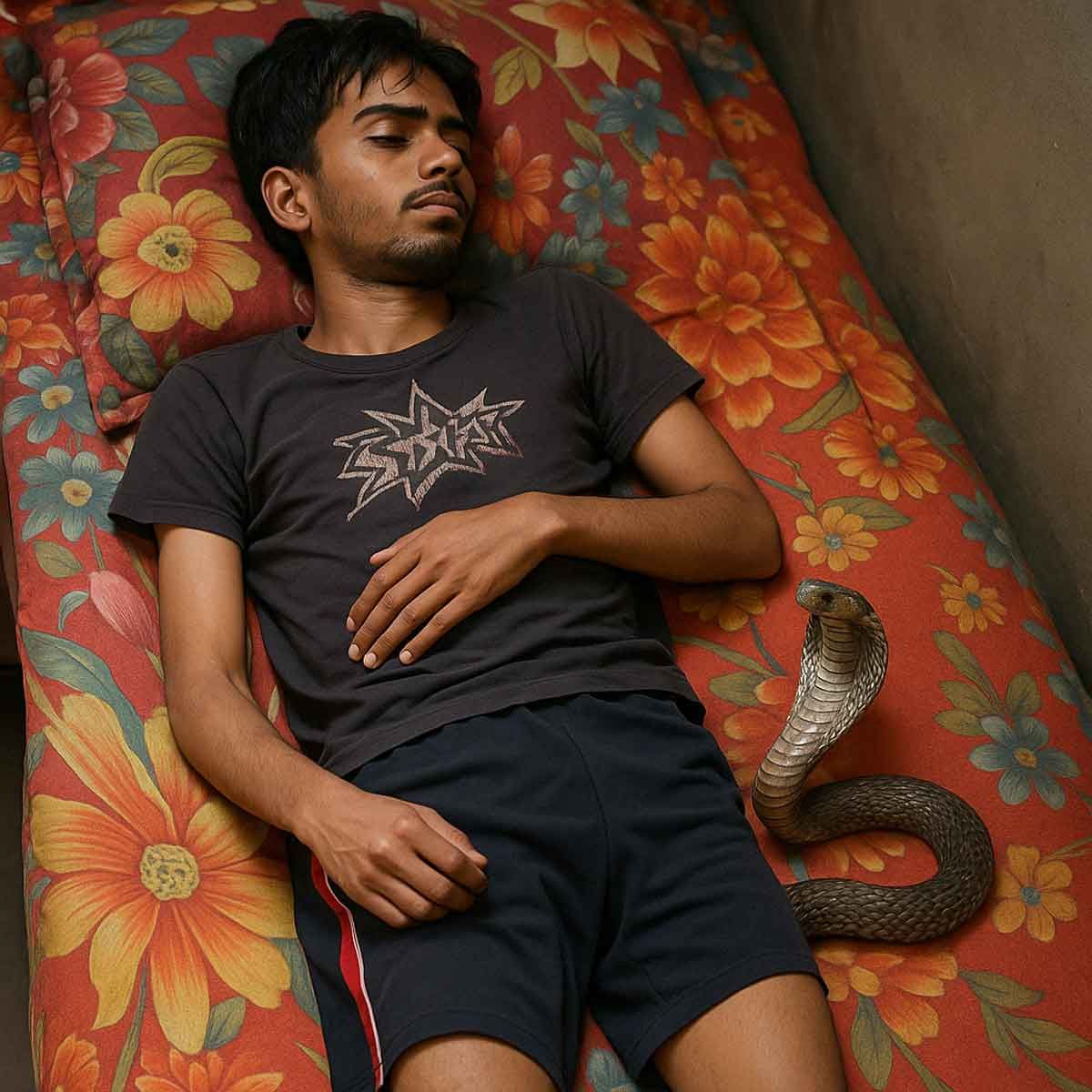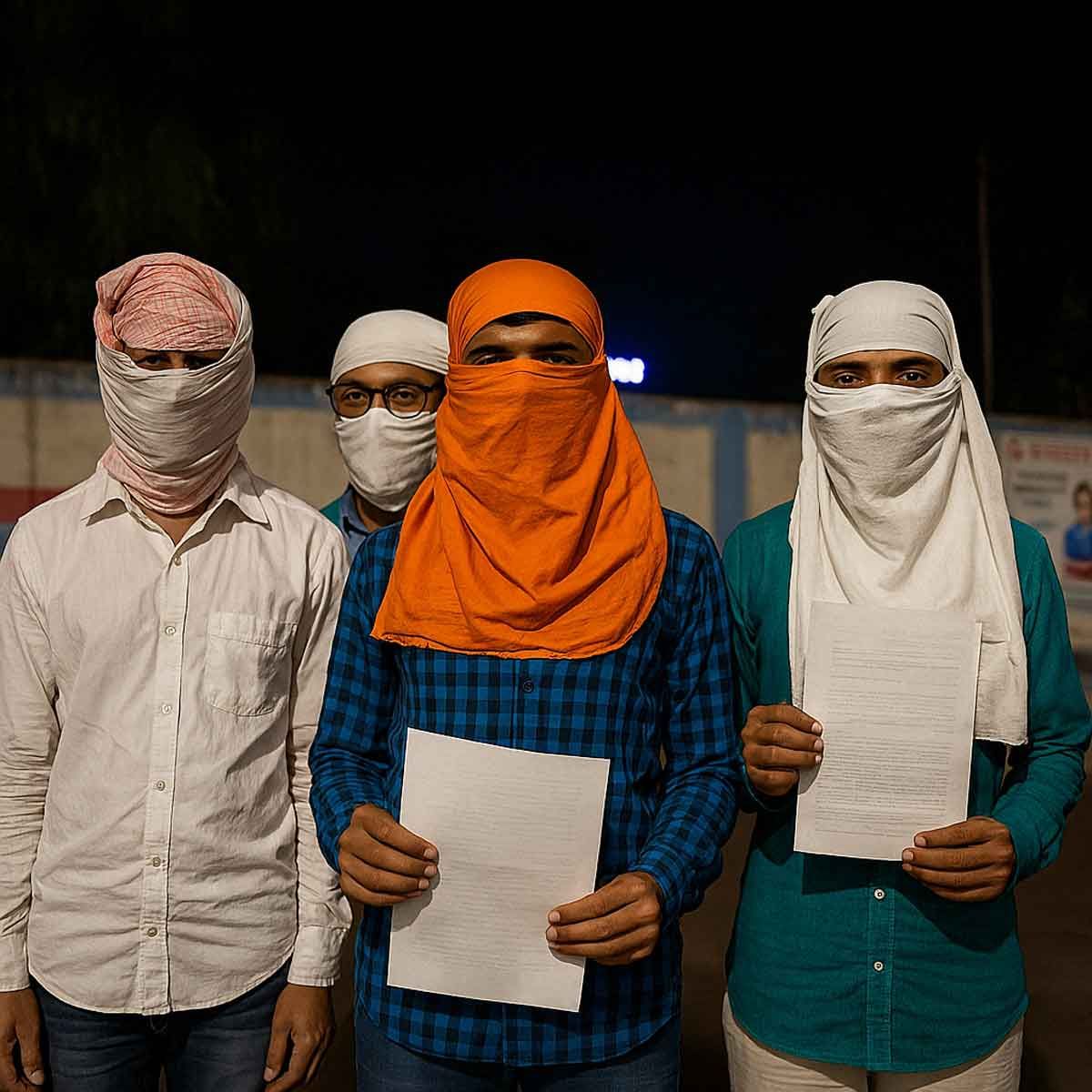More Coverage
Twitter Coverage
Satyaagrah
Written on
Satyaagrah
Written on
Satyaagrah
Written on
Satyaagrah
Written on
Satyaagrah
Written on
JOIN SATYAAGRAH SOCIAL MEDIA
IIT + IIM = This Joker: Author-columnist Chetan Bhagat ridiculed for giving bizarre ‘Mosples’ suggestion to Temple-Mosque issue, cites Hagia Sophia to talk about mythical ‘conjoined past’
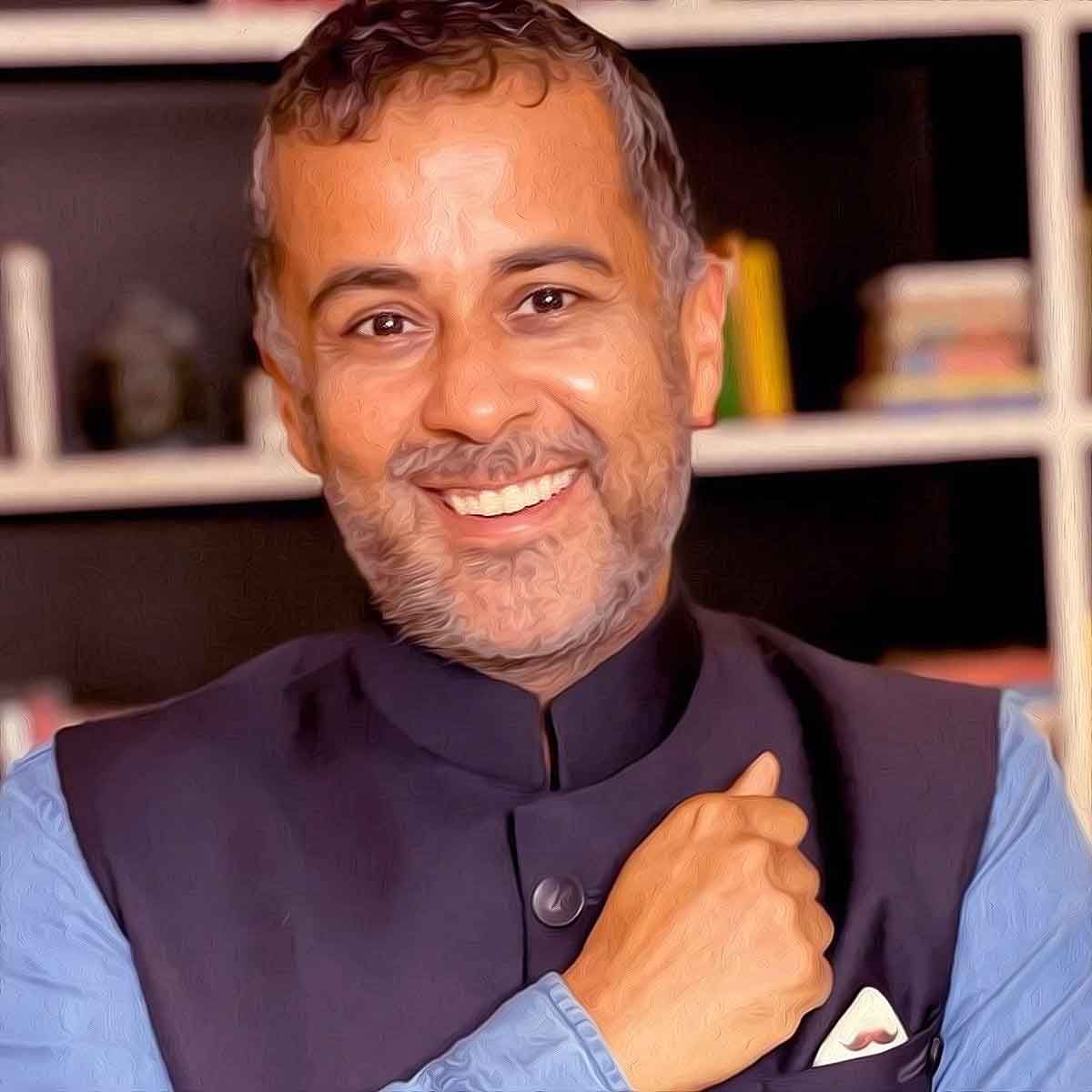
As the entire country is witnessing heated arguments about reclaiming ancient Hindu temples which were destroyed and converted into Islamic religious structures by Islamic invaders, author-columnist Chetan Bhagat has come up with a bizarre suggestion to the issue, inviting ridicule and jokes from netizens.
In a Times of India column published today, he suggested combining the temples and mosques co-existing at the same sites into a single structure.
Chetan Bhagat has also coined a name for such ‘hybrid’ religious places, ‘Mosples’, combing the words Mosques and Temples. He also said that controversies like Gyanvapi can be avoided if Hindus and Muslims together celebrate their ‘conjoined past’.
The article is behind a paywall on the Times of India website but is available in the print edition, and Chetan Bhagat posted an image copy of the article on Twitter from the TOI e-paper.
|
While there are lots of examples of temples and mosques, or places of worship of other religions, located on adjacent plots, the suggestion of a single hybrid place of worship for multiple places is definitely unusual, unprecedented, and bizarre.
While advocating this suggestio=n, Chetan Bhagat cites the example of Hagia Sophia in Istanbul, claiming that it is a ‘church and mosque hybrid of sorts’. This is a completely false claim, as the historical place is not a combined mosque + church, which he may call ‘morch’. Hagia Sophia has been a Church and a Mosque at different points in time, but it was never the both the same, it was never a hybrid Church + Mosque as claimed by Chetan Bhagat.
Hagia Sophia was a Church for the most part of its history, but it is now a mosque. It was built in the sixth century in the Turkish capital Istanbul, at the site of an earlier church destroyed by fire, which in turn was built after the first church was also destroyed by fire. The current structure was completed in 537 as the Church of Justinian I, in the name of Emperor Justinian I who started its construction, and remained a church for hundreds of years, till the time the Ottoman forces invaded the city.
 Screenshot from Chetan Bhagat’s Mosples article |
After capturing the city, the Ottomans had converted the Church into a Mosque in 1453, just like Islamic invaders in India had destroyed thousands of temples and converted many of them into a mosque. Invader Sultan Mehmed II had ordered to stop all Christian rites and prayers at the Church and had ordered to immediately convert it into a mosque.
It remained a mosque till 1935 when it was converted into a museum by the first president and founder of the Republic of Turkey, after the fall of the Ottoman empire. Initially, religious rituals were banned in the museum, but later in 1991 a pavilion was allowed to be used as a prayer room and minarets were allowed to use for voicing the Islamic prayer Azan.
In 2018, the Turkish president Recep Tayyip Erdoğan announced his intention to convert Hagia Sophia into a mosque, and it was officially declared a mosque in 2020. Thus, it is a mosque now, where regular Islamic prayers and rituals are held. Moreover, it is now not a ‘top tourist site’ as claimed by Bhagat, because it is now a top Islamic site. While non-Muslims can visit the site as tourists, they are not allowed entry into prayer rooms and have to follow the usual rules enforced at Islamic sites.
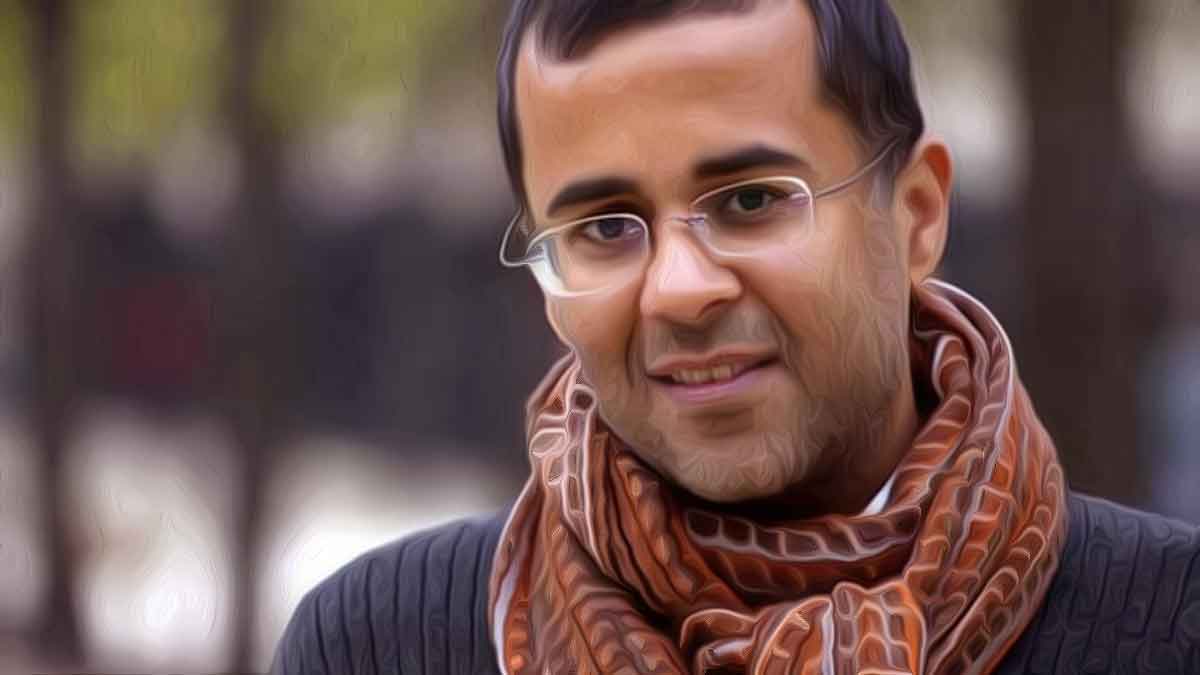 |
Hagia Sophia was never a combined church-mosque as falsely claimed by Chetan Bhagat. Instead, it tells the familiar story of Islamic invaders occupying religious places of other religions to convert them into mosques.
The fact that there is no living example of a ‘hybrid’ place of worship for two different religions is proof that it is a terrible idea. When two Abrahamic religions can’t co-exist in the same site, how two completely different religions can co-exist?
Even if such a site is achieved, it will be subject to constant disputes on various issues, and will always remain covered in controversies.
Two different religions at the same site will obviously be a logistical nightmare, with different rituals and festivals, many of which overlap. Ultimately, it will be virtually impossible to hold such events at such sites.
Finding the idea bizarre, several netizens mocked Chetan Bhagat for the ‘mosple’ suggestion. They used the same formula of combining two words to respond to it, like Chetan + Shut up = Chup, Vomit + Puke = Voke, Britain + India = Bridia etc.
|
|
|
|
|
In the article, Chetan Bhagat accepted that a large number of current mosques have been built after destroying ancient temples, and said that if we start studying each and every mosque, we would be opening Pandora’s box. While he accepts historical wrongs that were committed against Hindus, he is against touching the mosques, supporting the status cue as per the Places of Worship Act.
When Chetan Bhagat accepts that wrongs were done to Hindus and temples were converted to mosques, it is not clear what he means by the ‘conjoined past’ of Hindus and Muslims. The Hindu-Muslim past of India is of invasion, of barbaric Muslim rulers destroying temples and slaughtering millions of people. How can it be called ‘conjoined past’, only Chetan Bhagat can tell.
Interestingly, Bhagat made two other suggestions in the same article, which were not highlighted by both Times of India and the author himself. Actually, the ‘mosples’ suggestion was the last of three suggestions, and the other two are actually sensible and practical suggestions.
In the first, he has suggested that there should be an exemption in the Places of Worship Act for some temples which were converted into mosques to be converted back. He suggested identifying some sites which are of extremely high importance to Hindus, but the current mosques in those sites don’t have any special significance to Muslims, so reconvert them into temples. Although he said that perhaps the act should cover 99.99% of the sites and exempt the remaining 0.01%, it is a good starting point to resolve the disputes.
 Screenshot from Chetan Bhagat’s Mosples article |
In the second suggestion, Chetan Bhagat has suggested one community can buy the sites from the other community which is currently occupying the sites. This is also a practical suggestion. While Waqf law bans the sale of Islamic sites, if both sites agree, a way around it can be found, which was done in the case of the Kashi Vishwanath Corridor, when a plot needed for the project was taken from the Gyanvapi mosque, and another plot was given in exchange, circumventing the law governing Waqf properties.
Certainly, the Hindus can offer alternative sites to the Muslims to relocate the mosques built on the ruins of ancient temples. While radical Muslims will not agree to any of both these suggestions, these two are definitely better and more practical solutions, compared to ‘Mosples’. While it is understood why the Times of India chose the most controversial suggestion for the headline, it is not known why Chetan Bhagat also chose it while sharing the article on Twitter. Probably he thinks it is the best idea.
References:
opindia.com
 Support Us
Support Us
Satyagraha was born from the heart of our land, with an undying aim to unveil the true essence of Bharat. It seeks to illuminate the hidden tales of our valiant freedom fighters and the rich chronicles that haven't yet sung their complete melody in the mainstream.
While platforms like NDTV and 'The Wire' effortlessly garner funds under the banner of safeguarding democracy, we at Satyagraha walk a different path. Our strength and resonance come from you. In this journey to weave a stronger Bharat, every little contribution amplifies our voice. Let's come together, contribute as you can, and champion the true spirit of our nation.
 |  |  |
| ICICI Bank of Satyaagrah | Razorpay Bank of Satyaagrah | PayPal Bank of Satyaagrah - For International Payments |
If all above doesn't work, then try the LINK below:
Please share the article on other platforms
DISCLAIMER: The author is solely responsible for the views expressed in this article. The author carries the responsibility for citing and/or licensing of images utilized within the text. The website also frequently uses non-commercial images for representational purposes only in line with the article. We are not responsible for the authenticity of such images. If some images have a copyright issue, we request the person/entity to contact us at satyaagrahindia@gmail.com and we will take the necessary actions to resolve the issue.
Related Articles
- Controversial conference co-sponsored by Massey University to advocate abolishment of Hindu Dharma
- Actor Siddharth was hailed as a reformer champion for women empowerment by SheThePeople, but he turned out to be anything but ‘feminist icon’
- To encourage inclusivity, eight short films about same-sex relationships will be screened in Kolkata classrooms, including one on male escort
- How feminism is causing irreparable damage to Hindu society
- Global elite has always loathed a confident India: Earlier NYT & BBC had declared Nehru intolerant
- Why Feminism Wants to Dismantle the Family
- Why Indian-Origin 'achievers' and NRIs with only anti-Hindutva are preferred by the Leftist of India
- From calling wokeness a huge menace to modern civilisation to mocking CNN: Here is what Elon Musk told Babylon Bee
- Liberals guide of how to be a good CM: Do bhangra, Play hockey, stop and attend strangers’ weddings
- 'Muh me ram bagal me chhuri' - Gandhi’s politics is hollow and noisy, full of treachery and deceit’: Read what Dr. Ambedkar said about the ‘Mahatma’
- Why Sonia Gandhi is absent on social media and why liberal gang go nuts every time PM goes abroad
- Indian movies have become propaganda platform to distort real incidents and perpetuate lies
- Snappy wisecrack of Rahul Gandhi on ‘Hindu vs Hindutva’ and his frequent trips to temples and other confusing steps
- Father of the Nation! Absolutely not. Mohandas Karamchand Gandhi was not the father of the nation either officially or otherwise
- Liberal Hindu and YouTuber Abhisar Sharma suffers another meltdown within 48 hours, laments media focus on PM Modi while focusing on PM Modi















